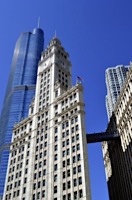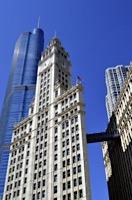
In a bid to foster life sciences startups, Johnson & Johnson is refurbishing part of its pharmaceutical research and development facility in San Diego to create an “innovation center” for new biotech and health IT companies.
The New Jersey pharmaceutical and healthcare giant anticipates housing from 18 to 20 life sciences startups in the new center, to be called “Janssen Labs at San Diego.” (The name anticipates an internal reorganization that has been consolidating Ortho-McNeil and other J&J pharmaceutical businesses for much of the past year under the Janssen brand.) J&J’s pharmaceutical R&D center, which employs about 300 in San Diego, is slated to officially become part of the Janssen group later this year.




















